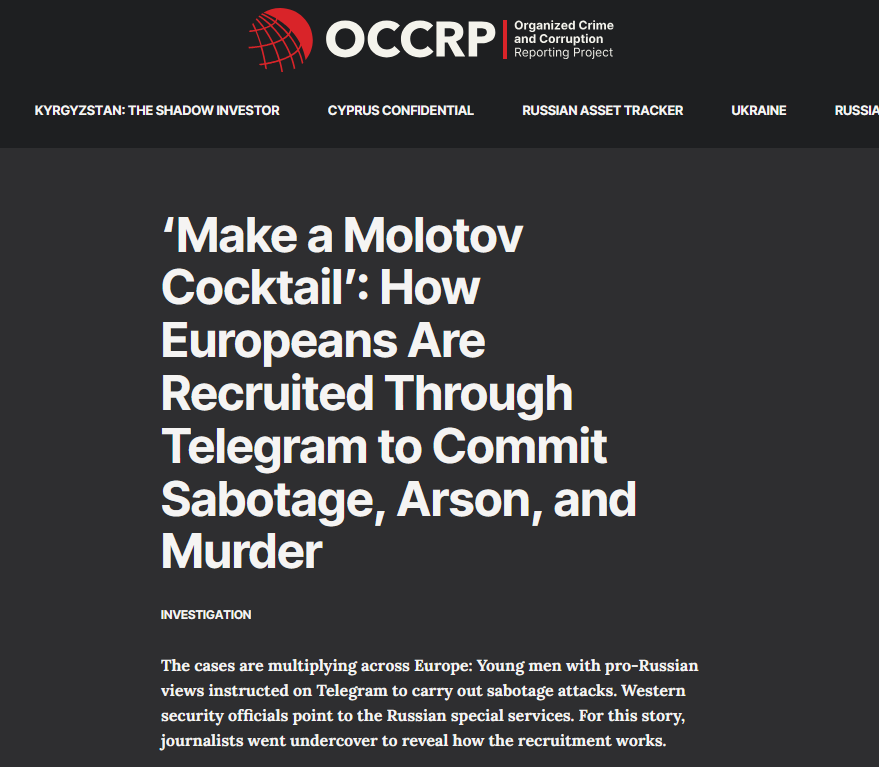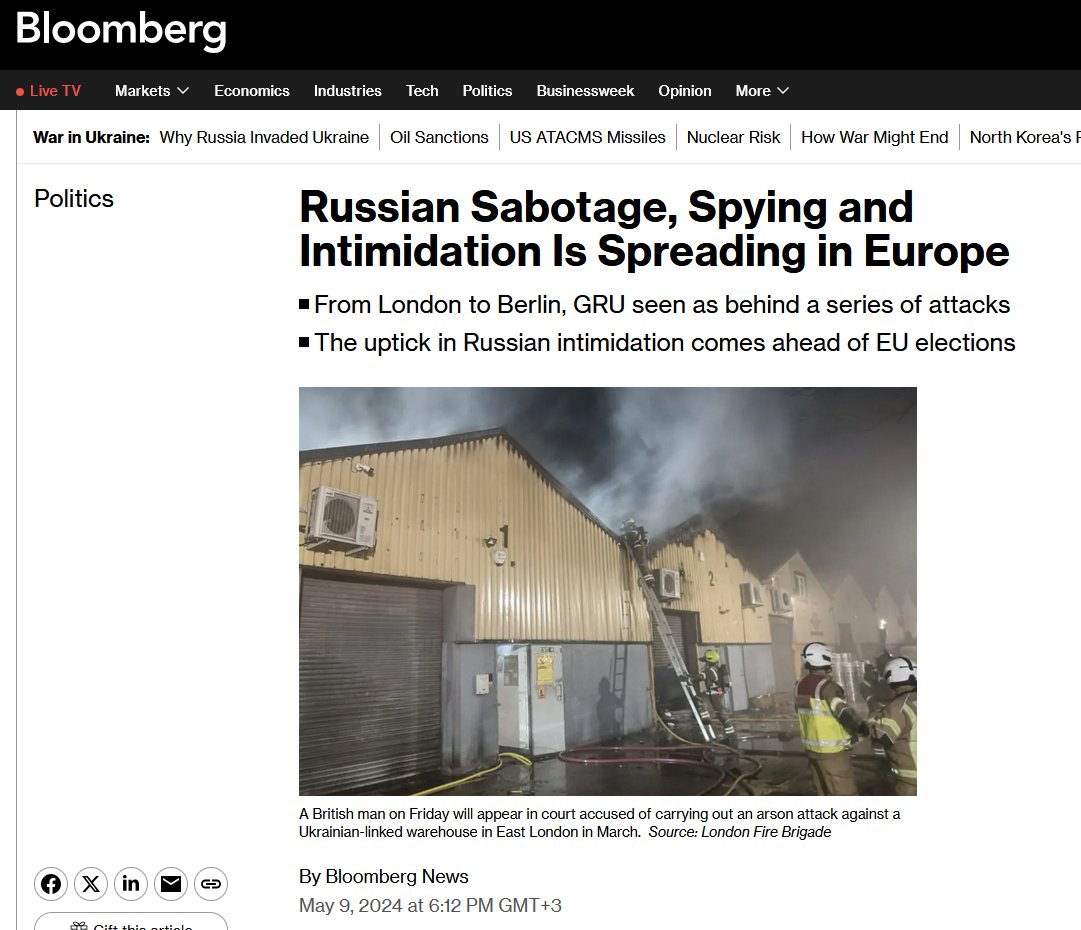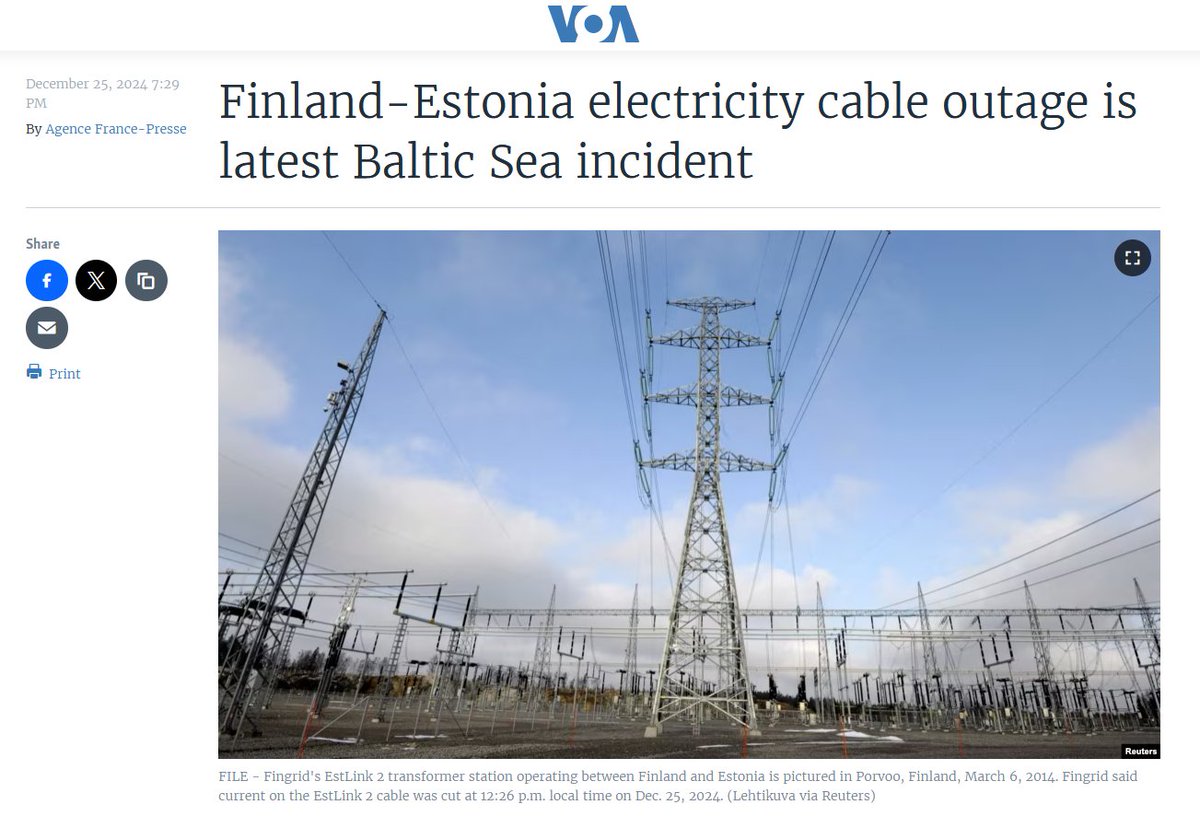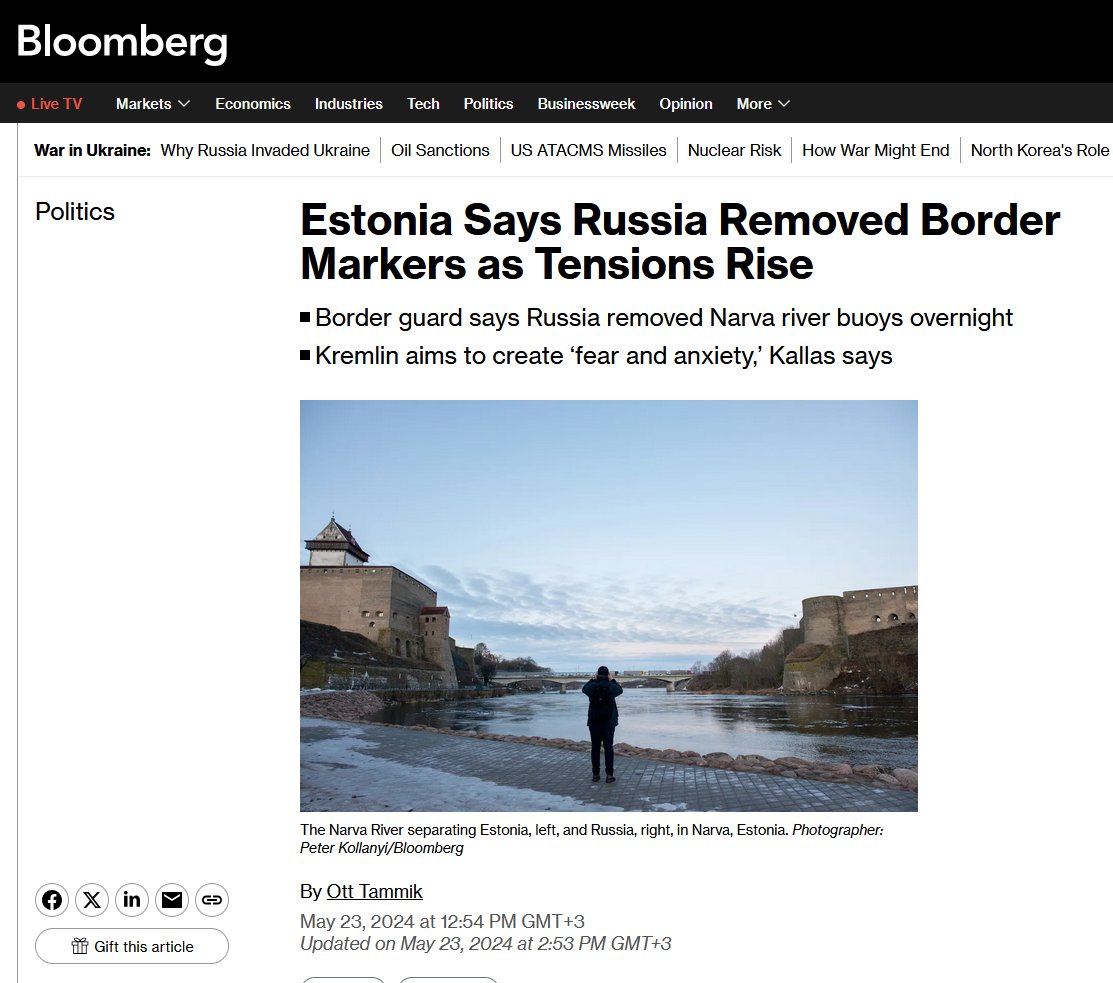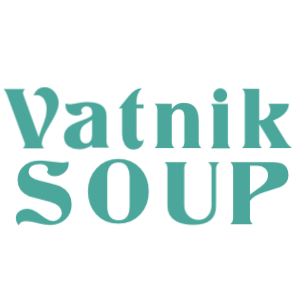Soup 326, February 9, 2025
| Soup | 326 |
|---|---|
| Permalink | Permalink |
| Date | 2025-02-09 |
| Twitter/X | Read |
| Twitter/X quotes | Quotes |
| Thread Reader App | Read |
| Thread Reader PDF | Read |
| Bluesky | Read |
| Bluesky quotes | Quotes |
| Read Bluesky Thread | Read |
| Bluesky Skyview | Read |
| Bluesky Skywriter | Read |
| Audio App | Listen |
| Audio File | Listen |
| Soup type | Deep dive |
|---|---|
| Profession | |
| Country of origin | |
| Retweets | 391 |
| Likes | 1.4k |
| Views | 77.7k |
| Bookmarks | 188 |
| Topics | |
| In other languages |
Estonia and the Russian threat
…of the Kremlin’s disinformation campaigns. It plays a role in justifying Russia’s actions in Ukraine, spreading anti-Western narratives & fostering division in countries with Orthodox communities. Estonia has acted decisively to curb its influence.
Russians in Estonia face intense recruitment pressure from Moscow. The Kremlin calls for their loyalty & many are targeted for intelligence work.Recently, Estonian Aivo Peterson attempted to create an “anti-Estonian” movement & was arrested for that.
You can now pre-order the 2nd edition of "Vatnik Soup — The UltimateGuide to Russian Disinformation"! This updated version, featuringpre-order extras, will be released on the 15th of February 2025.
Pre-order your copy here:
Pre-order your copy here:

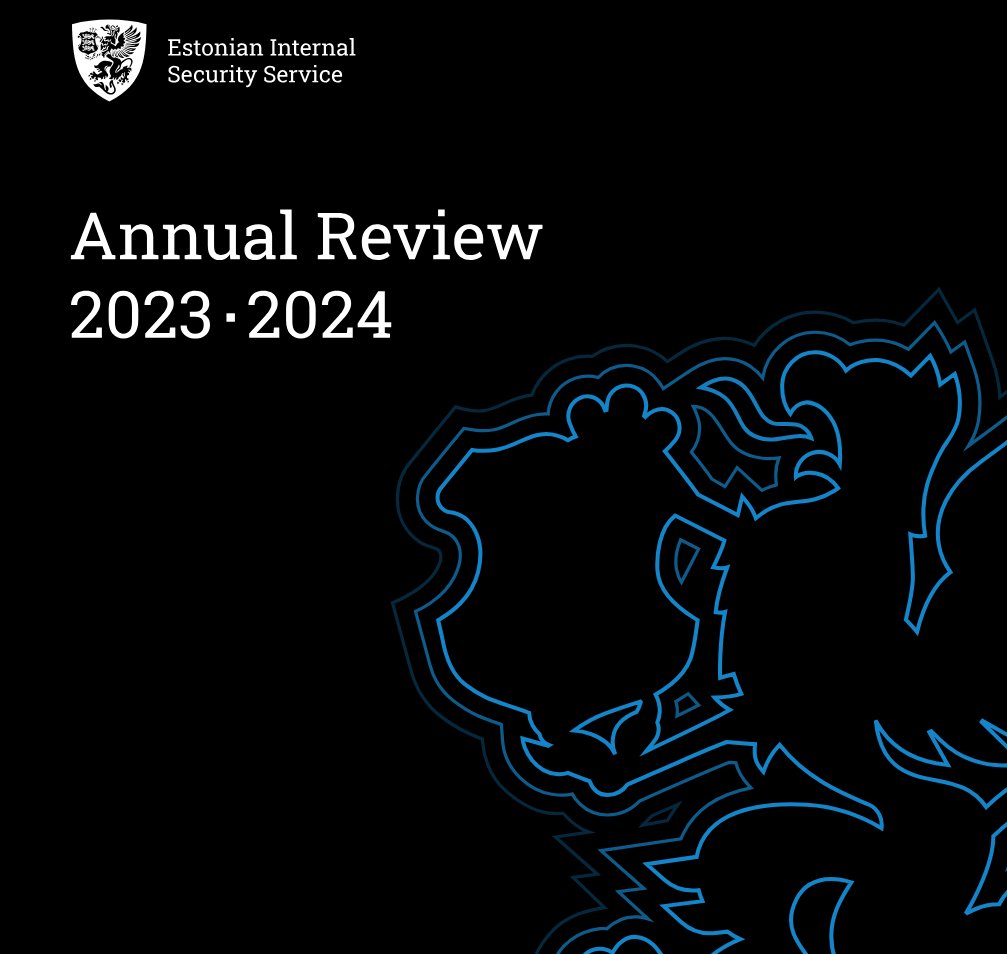
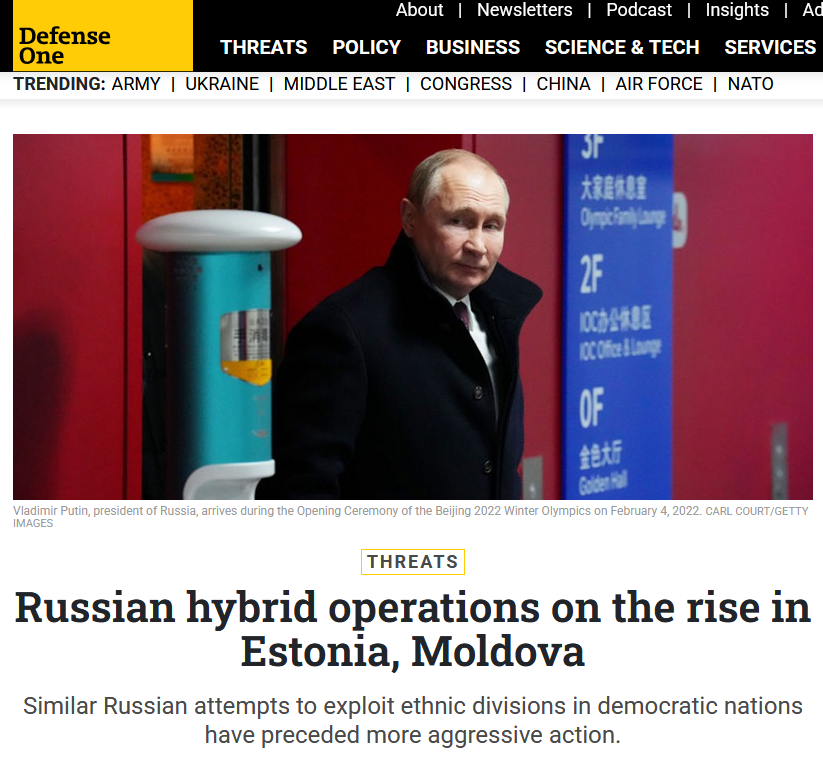
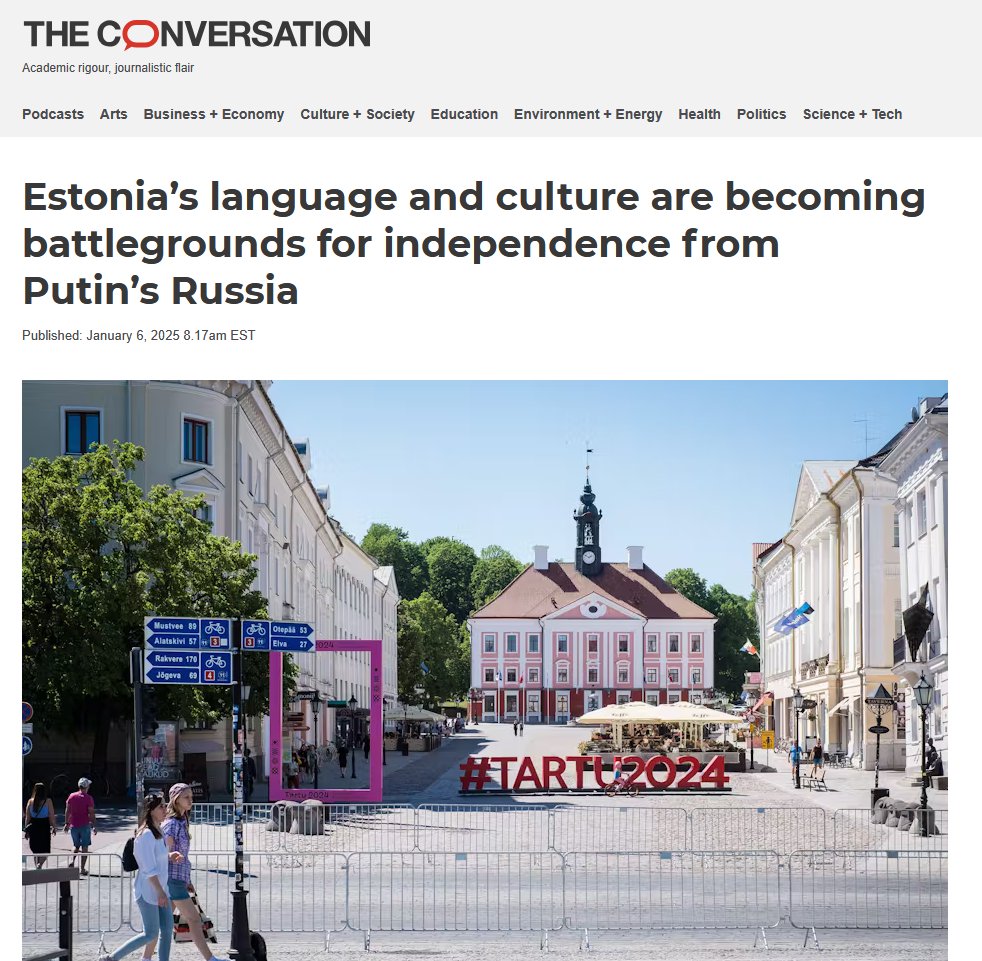
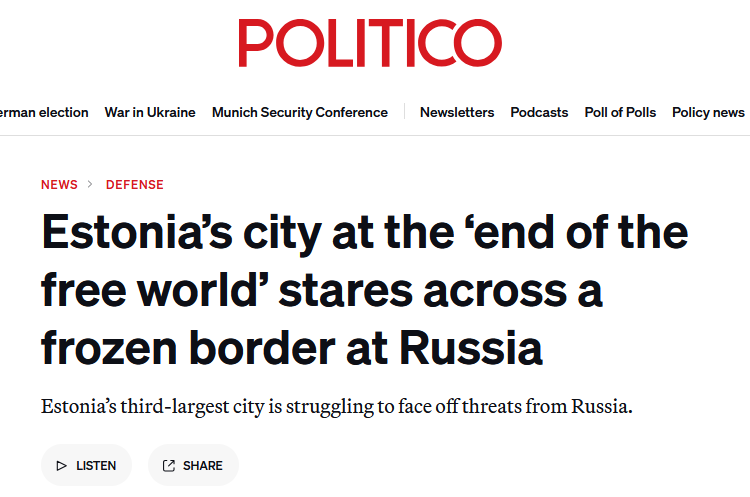

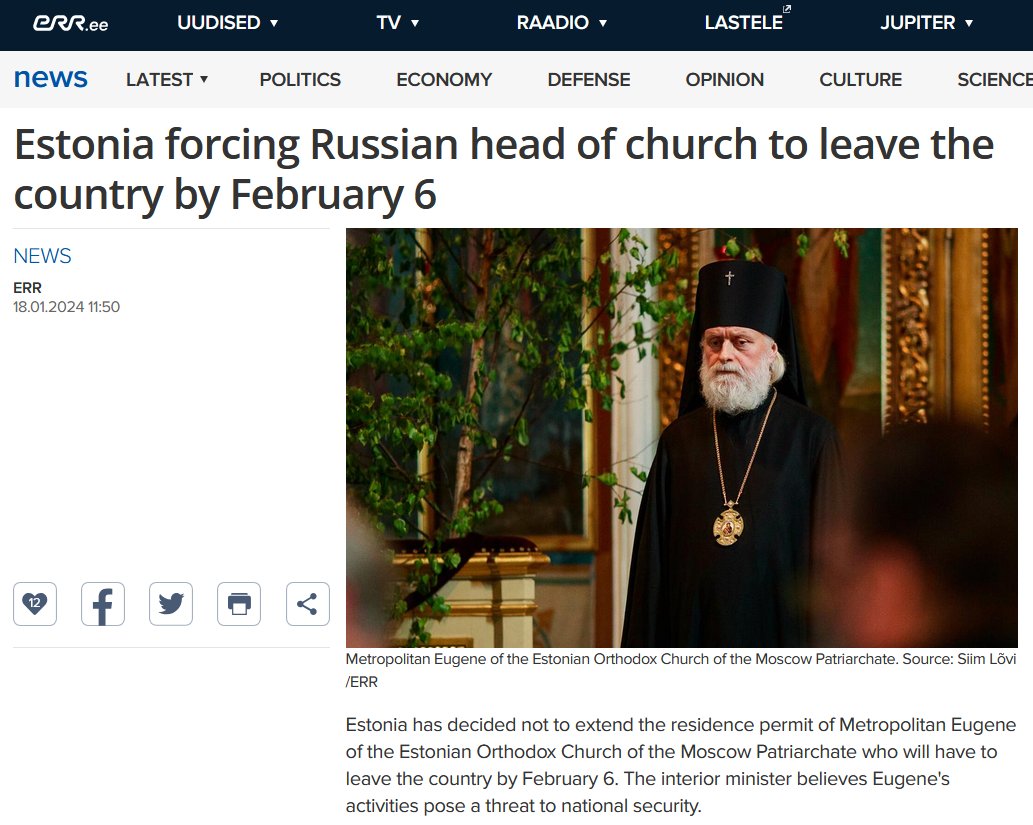
 Russian Orthodox Church
Russian Orthodox Church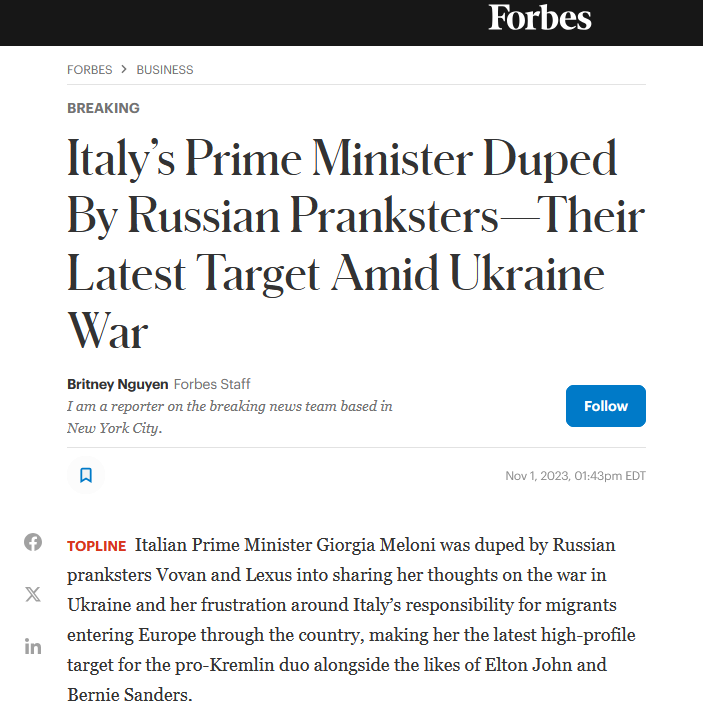
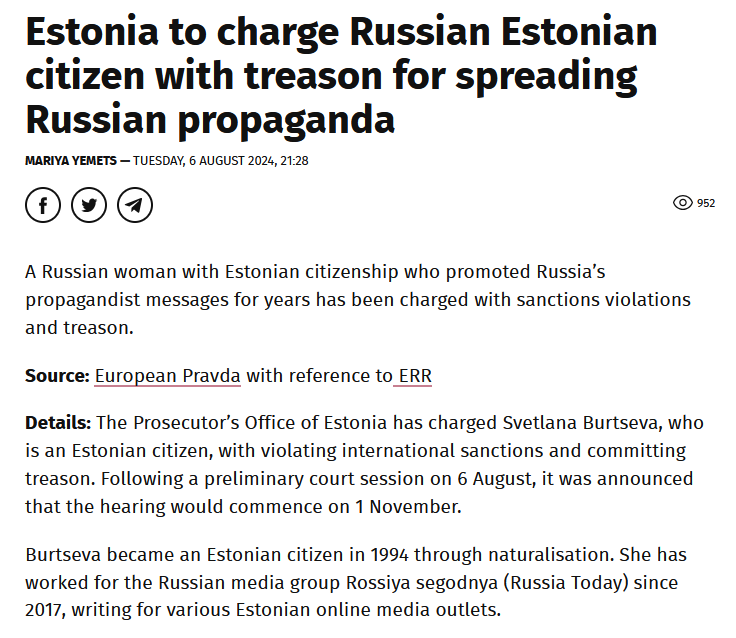
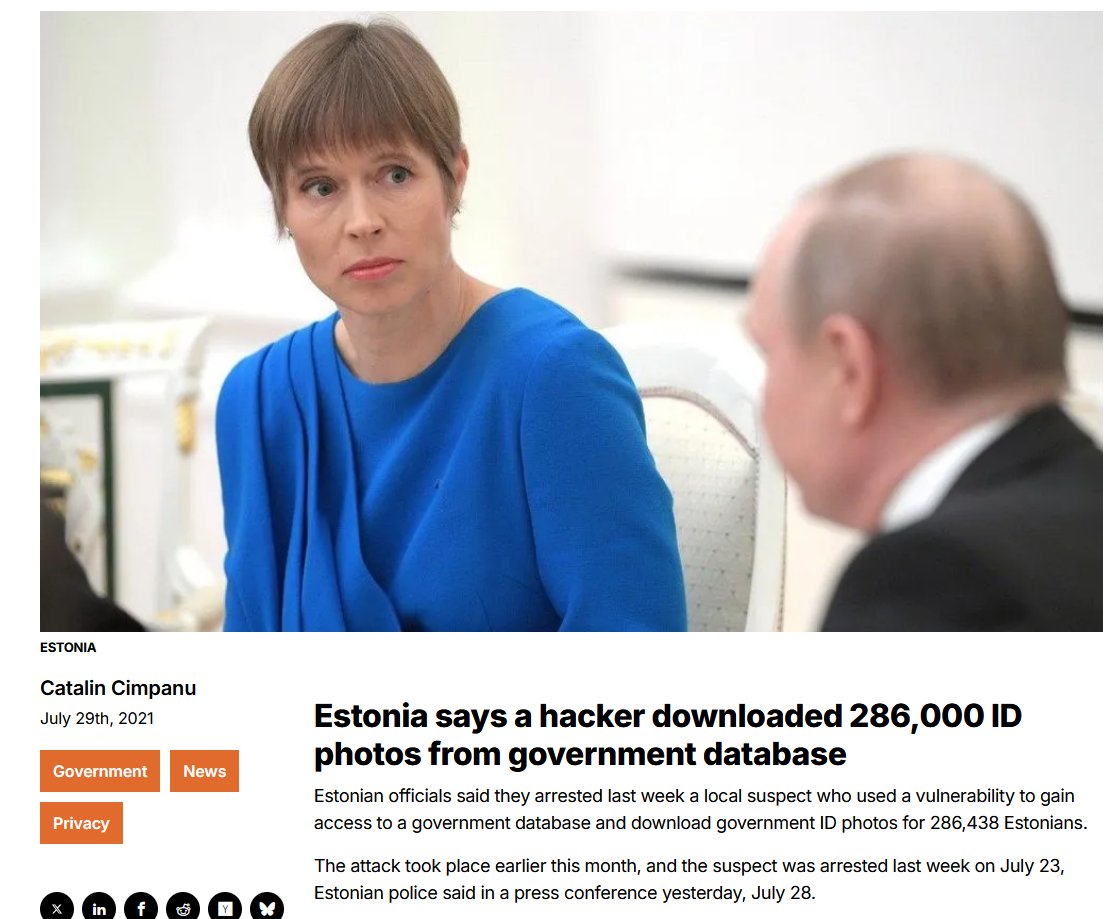
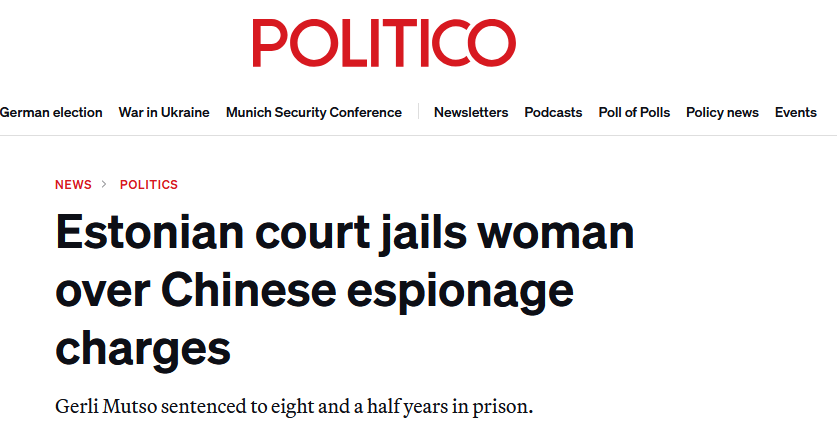
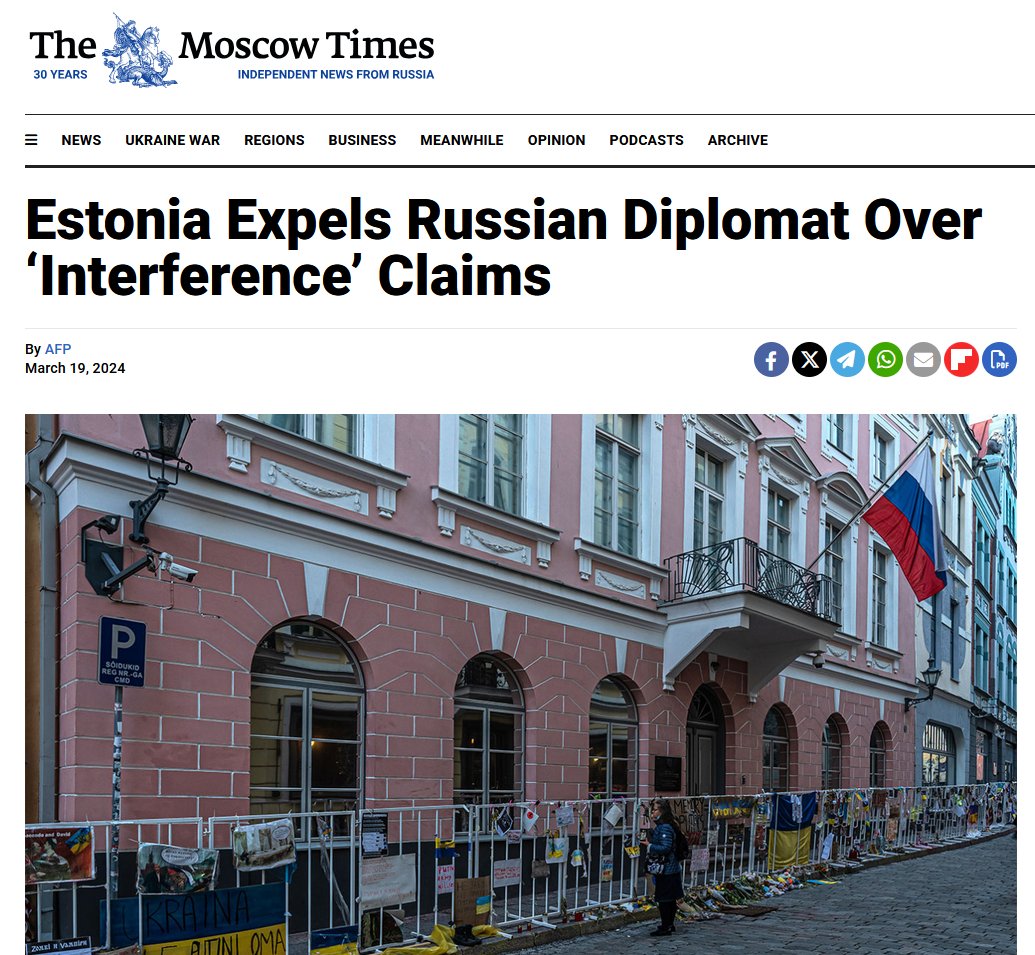
 Aivo Peterson
Aivo Peterson